Red Sea Coastal Desert
The ecoregion’s land area is provided in units of 1,000 hectares. The conservation target is the Global Safety Net (GSN1) area for the given ecoregion. The protection level indicates the percentage of the GSN goal that is currently protected on a scale of 0-10. N/A means data is not available at this time.
Bioregion: Red Sea, Arabian Deserts & Salt Marshes (PA26)
Realm: Southern Eurasia
Ecoregion Size (1000 ha):
5,909
Ecoregion ID:
836
Conservation Target:
55%
Protection Level:
5
States: Egypt, Sudan
Spectacular coral reefs and dense mangrove swamps transition to sandy valleys and jagged mountain peaks in this strip of coast along the Red Sea. Warm waters host dugongs, sharks, and dolphins, and the Red Sea’s largest breeding population of white-eyed gulls is found on islands just off the shore. The ecoregion’s mountainous areas are equally notable, with Dorcas gazelle and Nubian ibex inhabiting the rocky slopes.
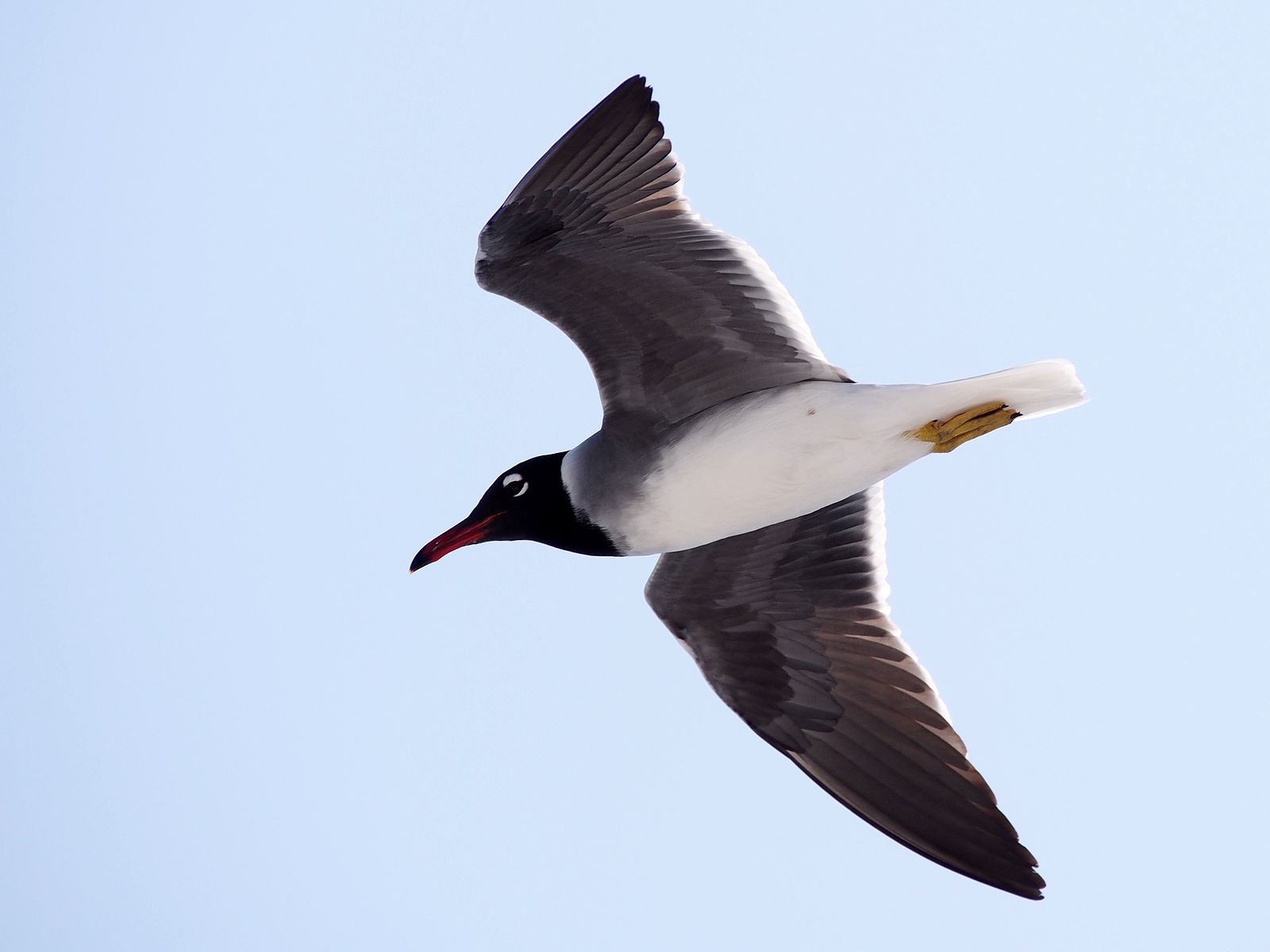
The flagship species of the Red Sea Coastal Desert ecoregion is the white-eyed gull. Image credit: Alexander Vasenin, Creative Commons
This ecoregion extends south from the Gulf of Suez, encompassing most of Egypt’s Red Sea coast (excluding the Sinai Peninsula) and approximately half of Sudan’s coastline. Rugged mountains hug the shoreline, separated from the water’s edge by a range of coastal habitats. The climate is generally subtropical, with average temperatures around 18°C in January and 31°C in August. Although precipitation is very low across much of the coastal plain, runoff from the adjacent mountains—where annual precipitation ranges between 100–200 mm—increases water availability for the vegetation at sea level.
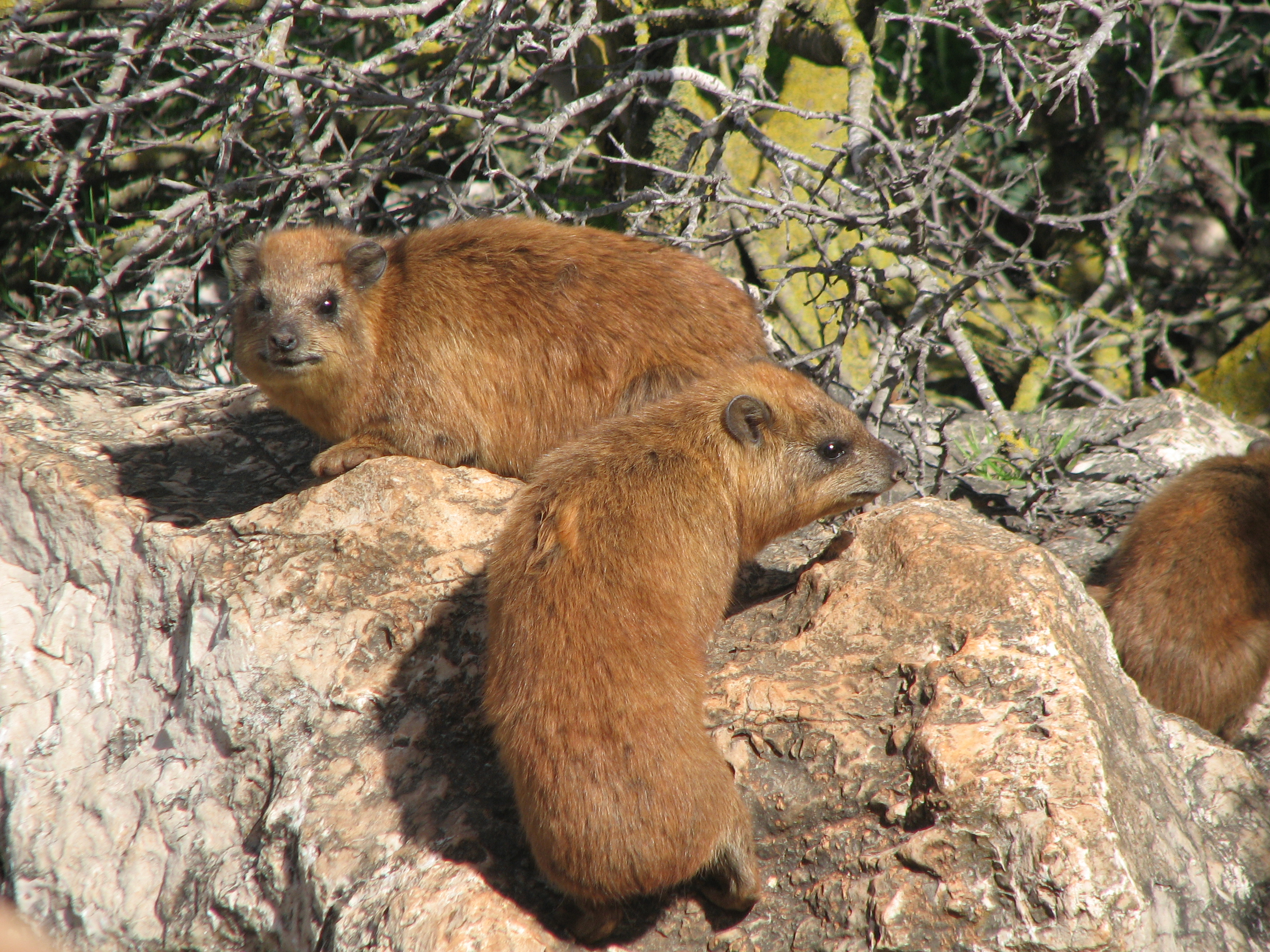
Rock hyrax. Image credit: Creative Commons
The world’s northernmost mangrove swamps, dominated by Avicennia marina, are scattered throughout the shallow waters, transitioning to littoral salt-marshes further inland where communities of Aeluropus spp., glasswort, and Arthrocnemum macrostachyum can be found. Coral reefs and seagrass beds thrive just below the water’s surface, and reed-swamp habitats are created where water channels descended from the mountains meet the sea.
Vegetation of the coastal plains is characterized by species such as Limonium axillar and Tamarix spp., with larger Acacia tortilis trees dominant in the valley floors. A. tortilis and Balanites aegypitca are typical in the mountains. Around the Gebel Elba peak in southeast Egypt, the influx of moisture-rich winds leads to high levels of precipitation, supporting a diverse flora of nearly 25% of Egypt’s recorded plant species, including ferns, mosses, and succulents. The world’s main population of the endangered Nubian dragon tree is also found on the slopes of this ‘mist-oasis’.
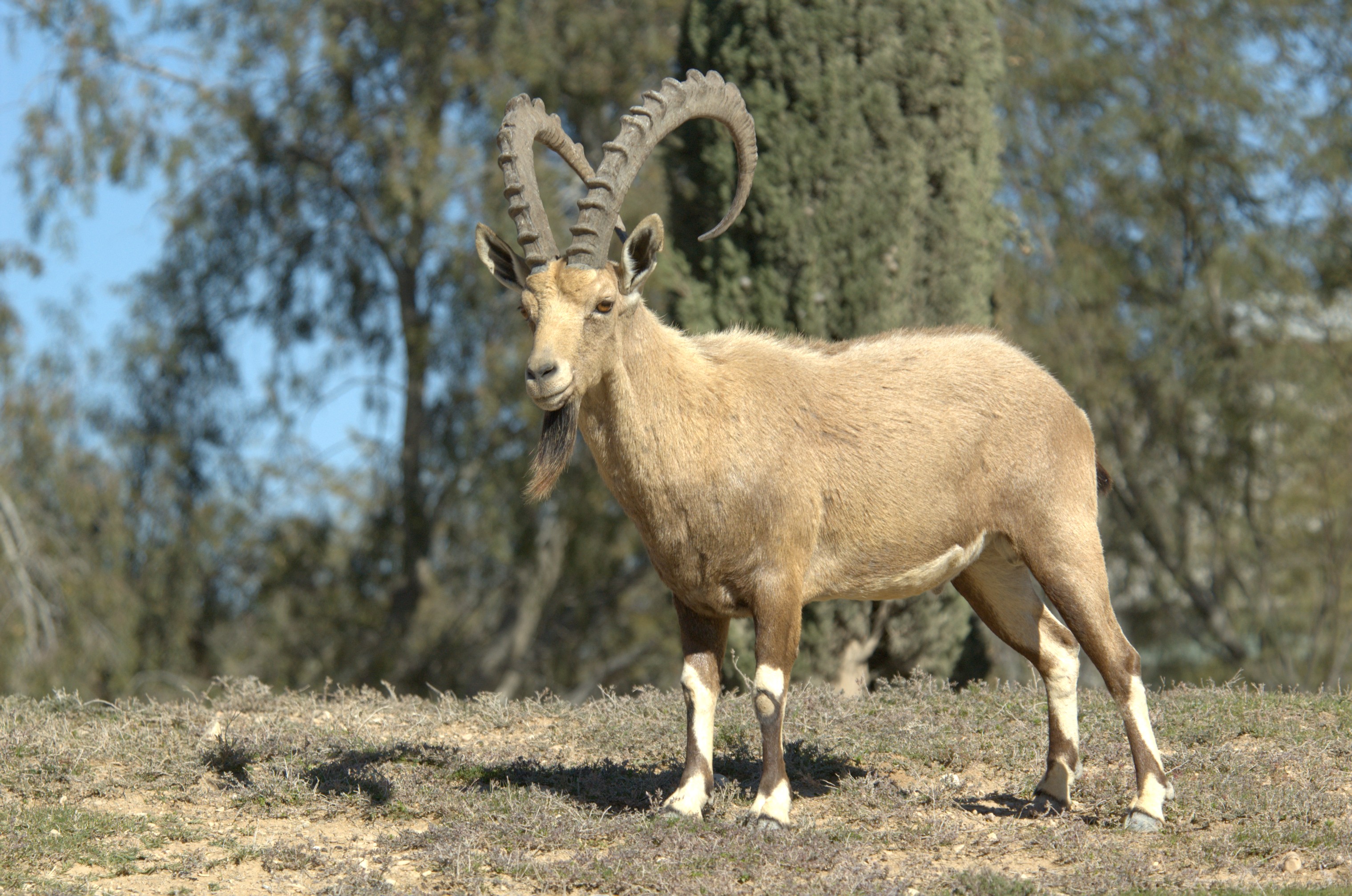
Nubian ibex. Image credit: Creative Commons
Crystal clear waters allow for spectacular underwater vistas along the ecoregion’s exceptionally biodiverse coast. The Red Sea’s only atoll (ring-shaped coral reef) can be found in Sanganeb in Sudan, and is home to at least 361 fish species, including several endemics. Mangroves and colorful coral reefs are nursery and spawning grounds for key fishery species such as the bump-head parrotfish and napoleon wrasses. Several species of sharks, manta rays, turtles, and dolphins live in the waters, as does the globally threatened dugong. The Red Sea’s main population of this shy cetacean is likely located in the Dungonab area of Sudan.
Egypt’s Hurgada archipelago is thought to hold the largest known breeding population of the regionally endemic white-eyed gull; several other bird species such as sooty falcons and lesser crested, Caspian, and bridled terns depend on the ecoregion’s islands as their key breeding sites. The coast’s terrestrial wildlife includes the Nubian ibex, Ruppel’s fox, rock hyrax, and Dorcas gazelle, as well as the endemic Biscutella elbensis found along the jagged slopes of Gebel Elba.
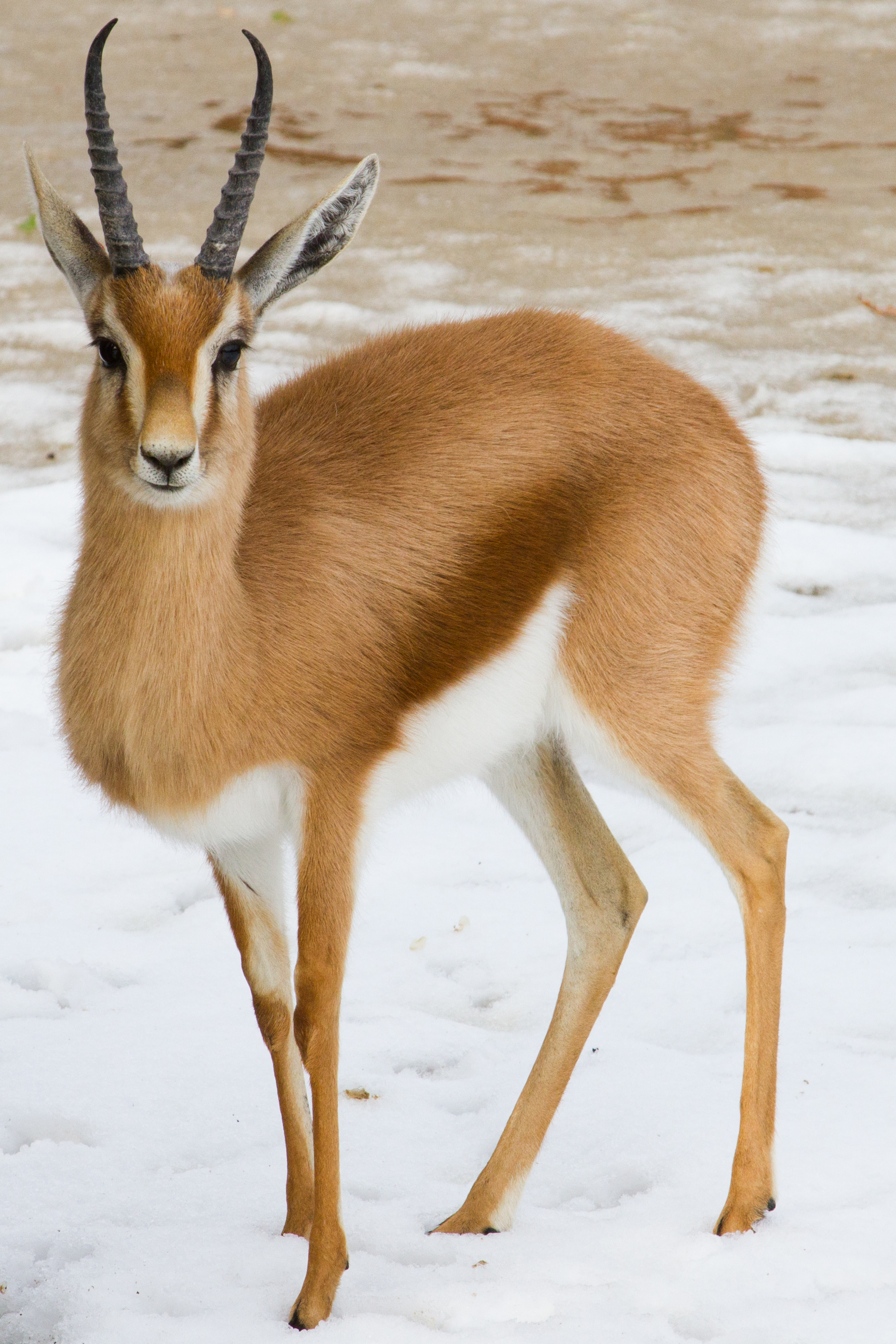
Dorcas gazelle. Image credit: Creative Commons
Human settlements have existed along the coast for thousands of years where local populations rely on fishing and grazing of livestock to support livelihoods. Highly saline soils prevented significant agricultural developments, although the area has a long history of mining, including the world’s oldest emerald mine dating back to pre-Roman times. In recent decades, the region has become a hugely popular national and international tourist destination, leading to increasing development across the desert. Numerous protected areas have been established to minimize impact from these pressures and they represent all major habitats present in the region. In 2016, UNESCO registered the Sanganeb and Dungonab Bay area of Sudan as a World Heritage Site owing to its exceptional biological value and beauty.
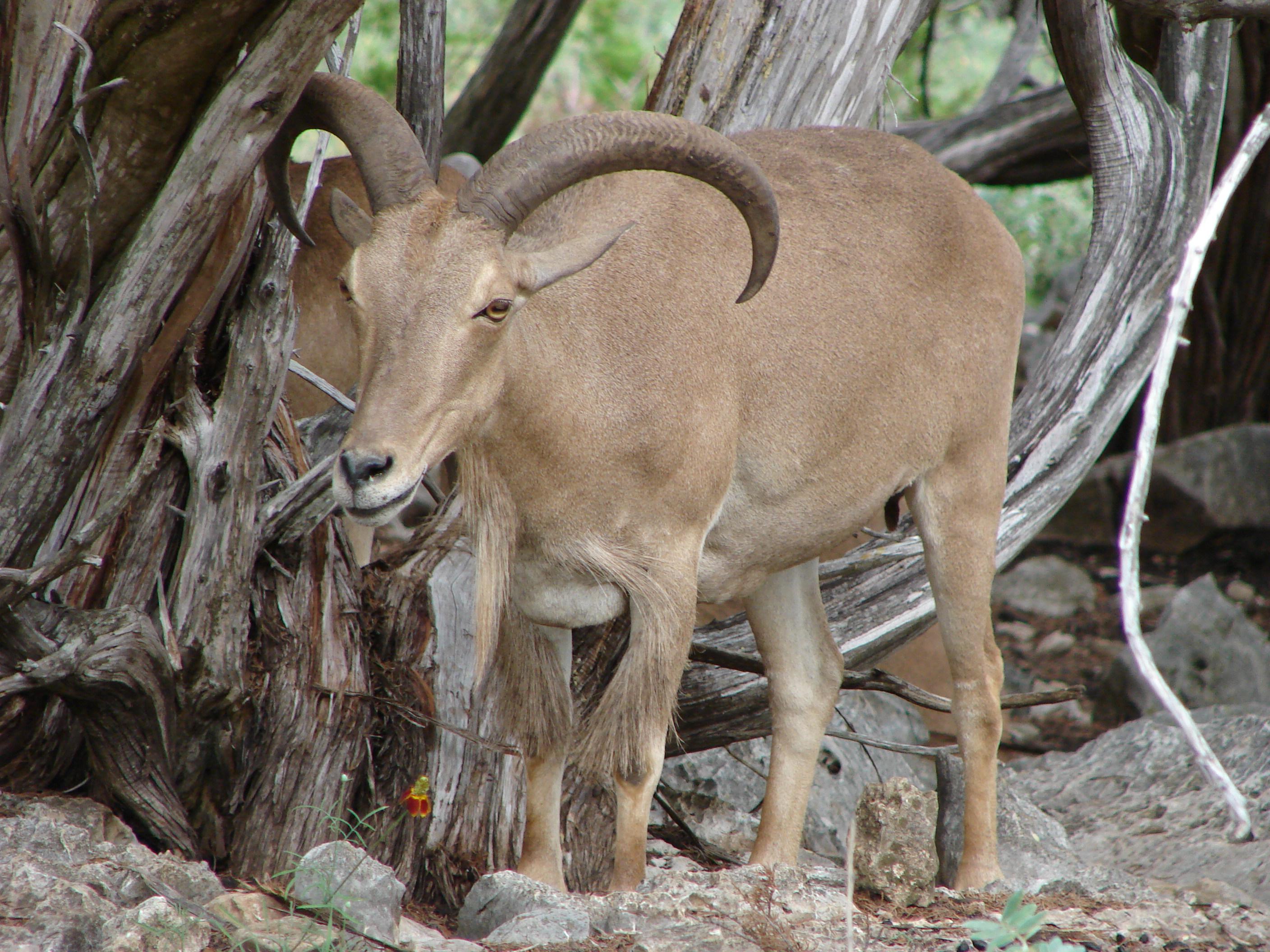
Barbary sheep. Image credit: Creative Commons
The unregulated tourism industry is a major threat to ecosystems through both physical damage from diving activities and pollution arising from tourist resorts. Overfishing is also a concern, and whilst not hunted directly, dolphins and dugongs often fall victim to accidental entanglement in fishing nets. Oil spills and background oil pollution from the heavily-trafficked Red Sea has caused significant environmental damage in recent history, and major future incidents are likely. Coral reefs are threatened by physical damage from anchors, while climate change is posing the more serious risk of large-scale bleaching events. On land, the main threats are overgrazing, drought, and the invasive mesquite tree which affects some mountain areas.
Priority conservation actions in the next decade will be to: 1) monitor and control the impact of tourism activities on marine and terrestrial ecosystems, including the development of waste management plans; 2) develop coastal management strategies to protect fish populations against illegal and unsustainable fishing; and 3) work with local communities to establish a sustainable grazing scheme.
Citations:
- Zahran, M.A. (2010). ‘Climate - Vegetation: Afro-Asian Mediterranean and Red Sea Coastal Lands’. Springer Netherlands. [Online]. DOI: 10.1007/978-90-481-8595-5 [Accessed 21/08/2019]
- Republic of Sudan Higher Council for Environment and Natural Resources. (2014). ‘5th National Report to the Convention on Biological Diversity’ [Online]. Available from: https://www.cbd.int/doc/world/sd/sd-nr-05-en.pdf [Accessed 21/08/2019].
- Egypt Ministry of State for Environmental Affairs (2014) ‘5th National Report to the Convention on Biological Diversity’ [Online]. Available from: https://www.cbd.int/doc/world/eg/eg-nr-05-en.pdf [Accessed 21/08/2019].
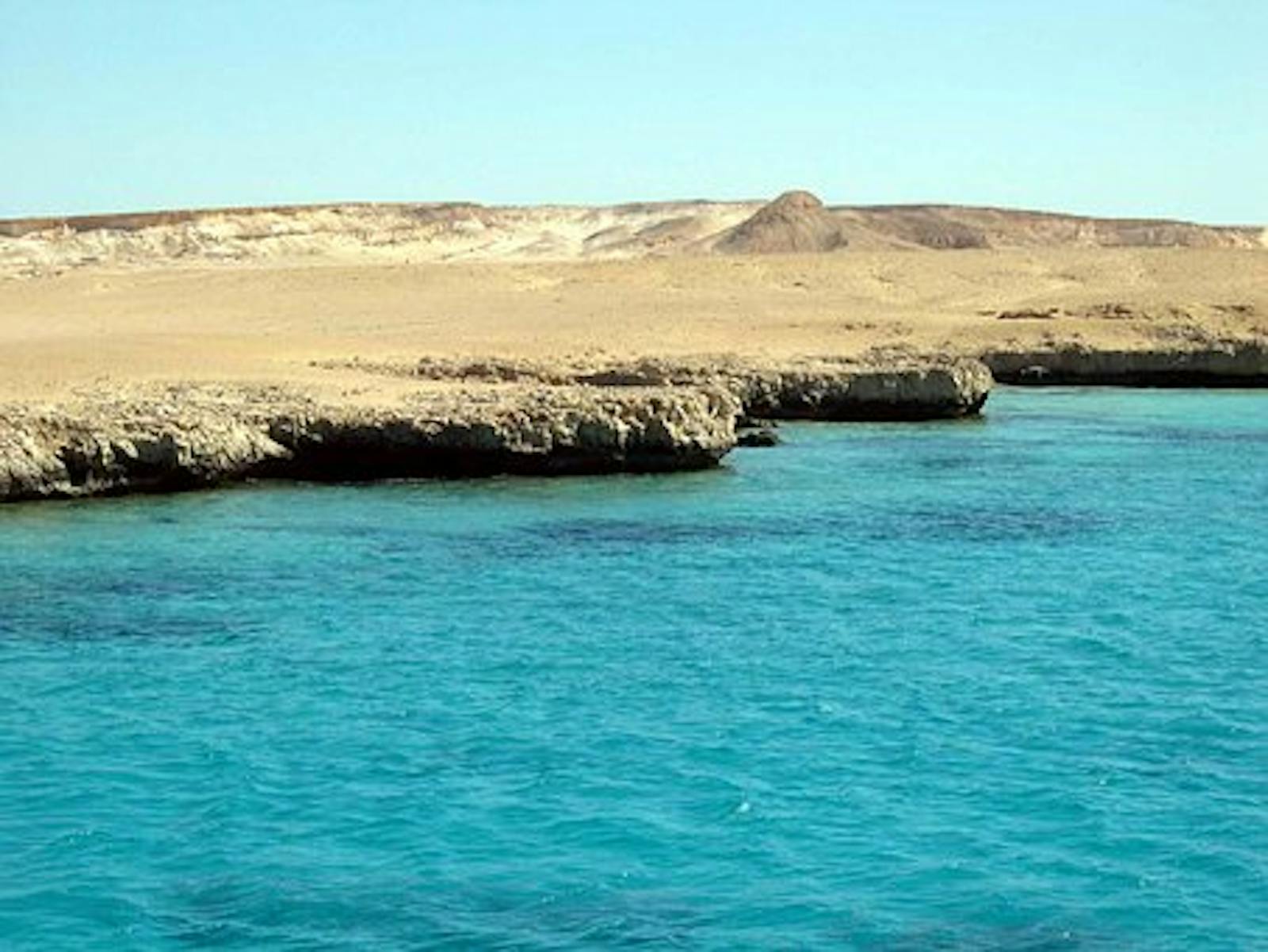
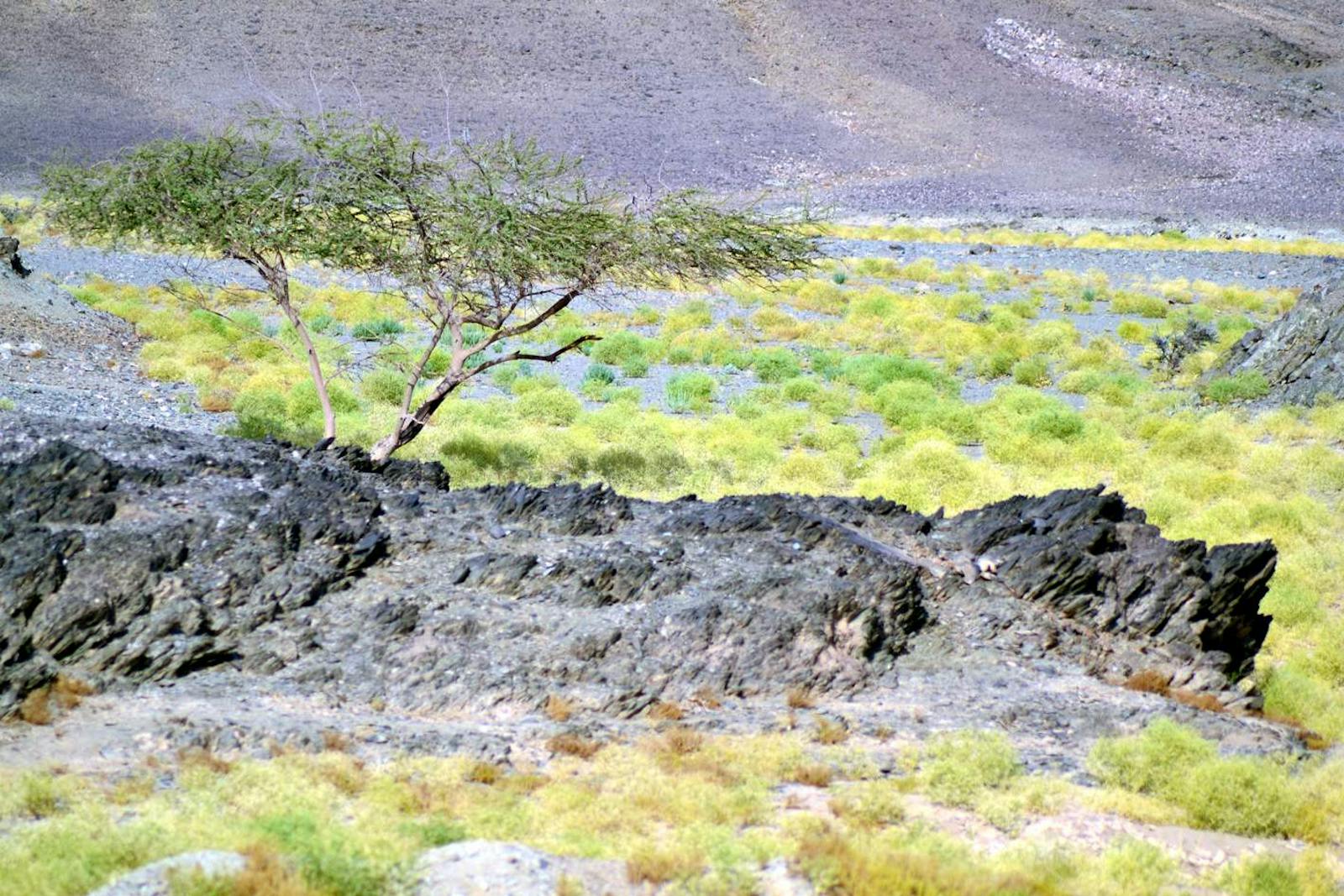
.png?auto=compress%2Cformat&w=300)

